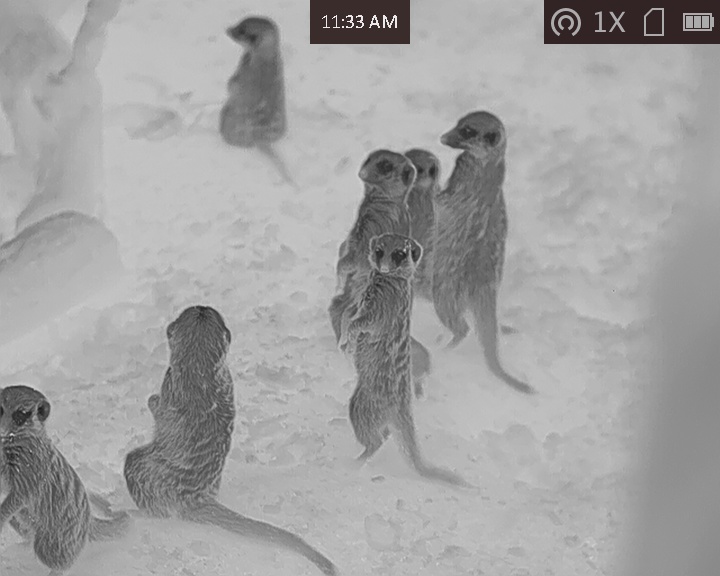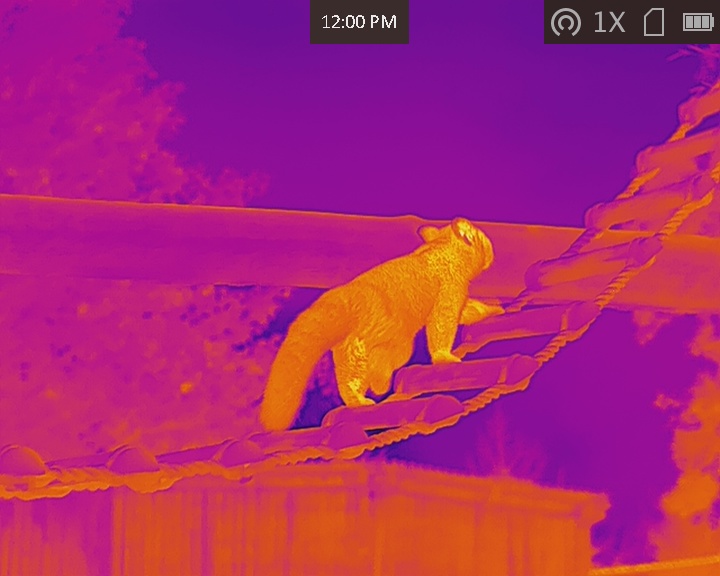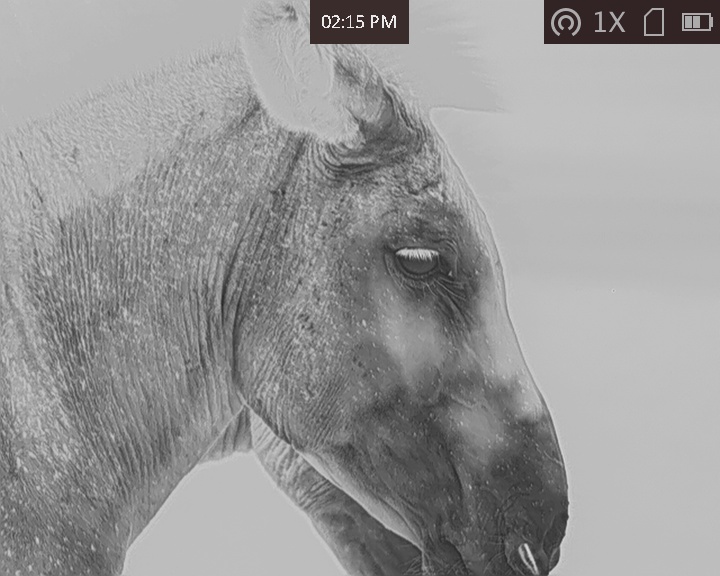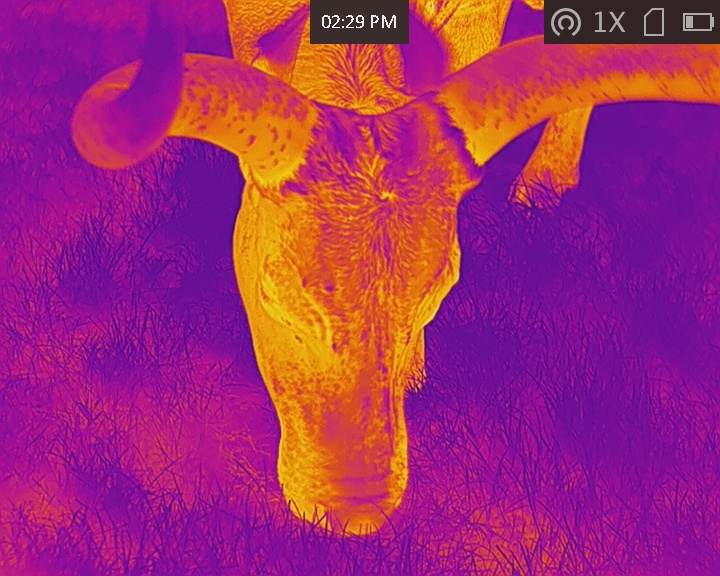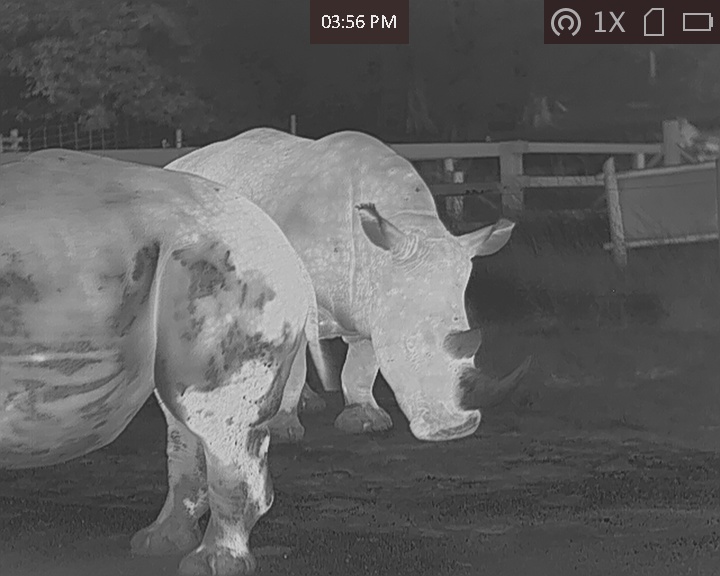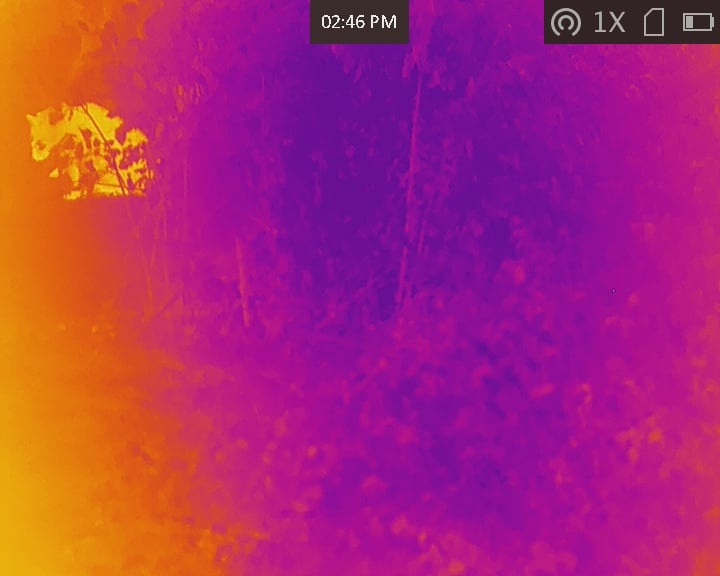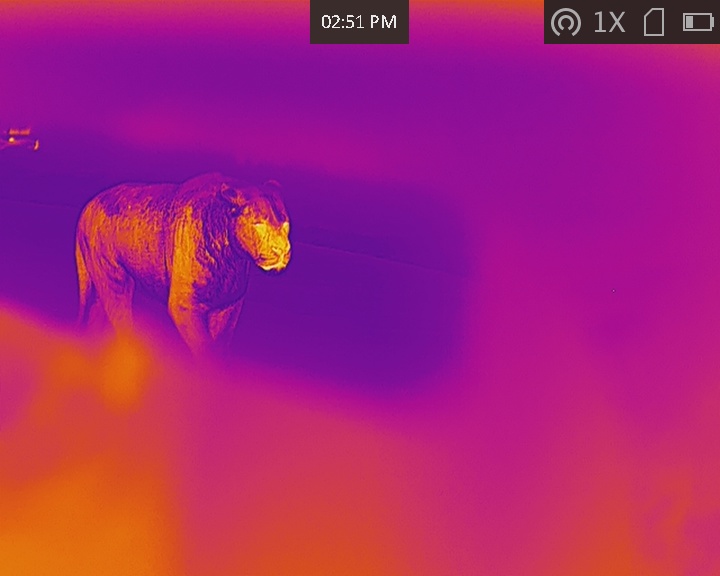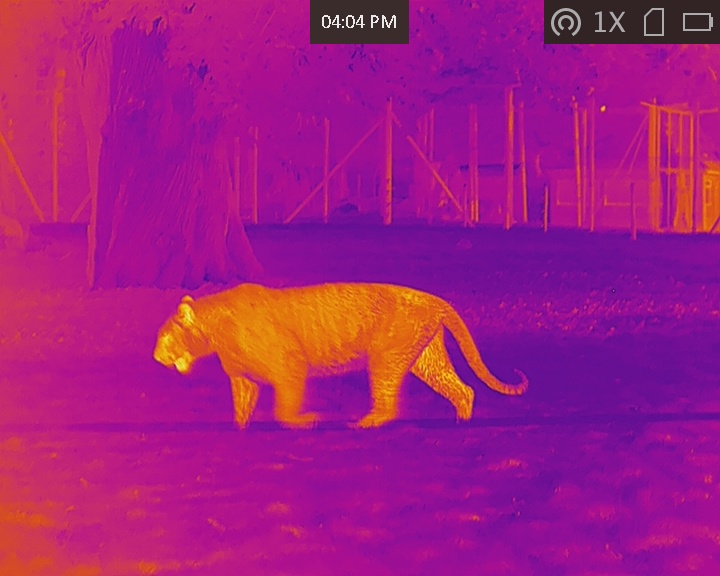
Wildcare were thrilled to be invited by HIKMICRO to Woburn Safari Park, Bedfordshire on 19th October 2023. Jennifer, Jack and Rosie were given the opportunity to try out some of the thermal cameras around the park.
The day started with a short presentation discussing some of the models in their existing range, including the Lynx, Falcon and brand-new Condor, as well as some exciting new products that are yet to be announced. All these products have enormous potential for the kit for any ecologist or wildlife enthusiast. The newest models in HIK’s range include a sub 20mK NETD sensor, a measure of thermal sensitivity which is unparalleled in the current market.
Once the presentation concluded, the team were able to get hands on and test of the equipment around the zoo. Meerkats, Asian Short-Clawed Otters, Spider Monkeys, Red Pandas, and Humboldt Penguins were all fantastic volunteer models, and Jack noted that you could see the cold penguins warming up quickly after they exited the water.
After lunch, it was time for a VIP tour around the safari portion, guided by the knowledgeable Tasha. It was a very valuable learning experience to be able to test a variety of equipment from the thermal range, especially on wildlife that would not usually be found in the UK countryside.
One of the limitations of thermal is the lack of ability to see through solid objects, such as glass. This unfortunately made it more difficult to photograph the carnivores, for our safety, but Tasha did allow opening the windows a small amount to get the images of the lions, tigers and bears.
So why should I choose thermal?
One of the benefits of thermal imaging over infra-red night vision cameras, is that it can be used just as easily from day to night without losing any detail. For bat surveys, this means the same unit can be used for locating roosts during the day, as emergence surveys at dusk.
Ecologists can also use thermal imaging to assess the temperature and thermal characteristics of habitats, such as identifying microclimates within an ecosystem. This information can help in understanding the suitability of habitats for various species.
Additionally, they offer the opportunity to save time and resources in ecological surveys, as it allows for rapid data collection and minimises the need for physical traps or camera traps. It is is particularly useful for studying animals that may be camouflaged or difficult to spot with the naked eye.
As ecologists, a key metric to look for is the field of view (FOV). While you may be tempted to opt for the cameras covering distances beyond 1000m, this will likely come at the expense of the FOV. Models like the Lynx Pro LH15 or Falcon FH35 will offer a good compromise of both.
If you have any questions about thermal imaging then you can speak to one of our experts on 01451 833181, or email [email protected]
View the Thermal Imaging Range
All thermal imagery below taken using the HIMICRO Falcon FQ25
